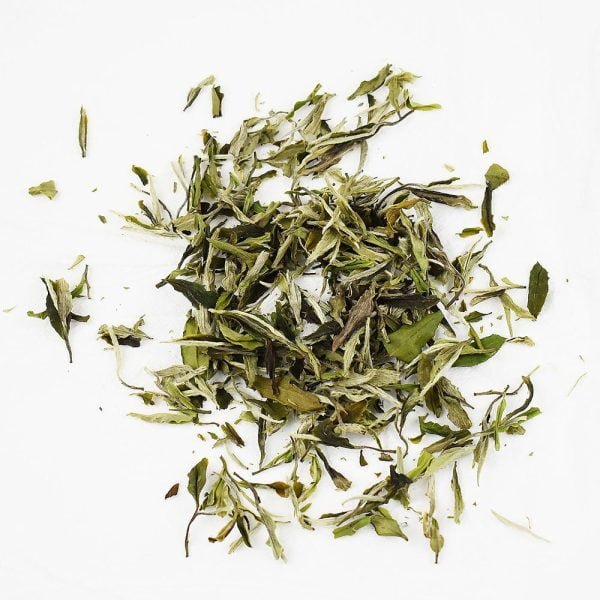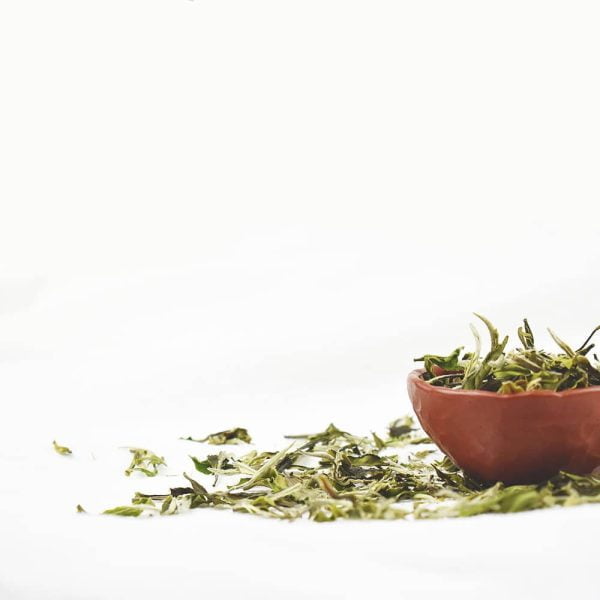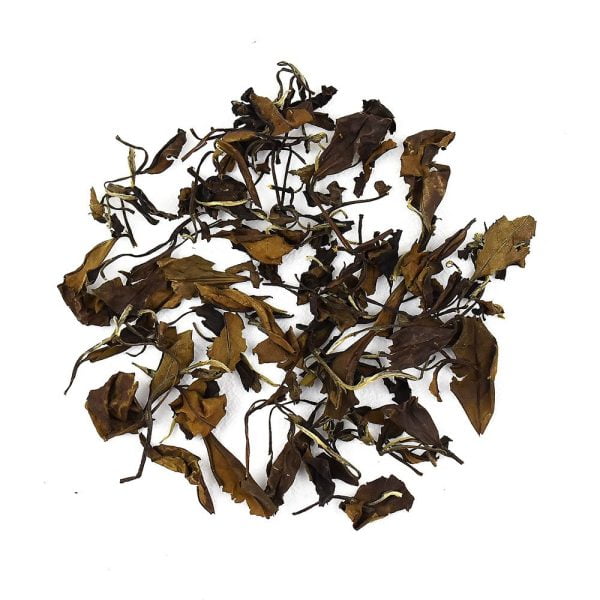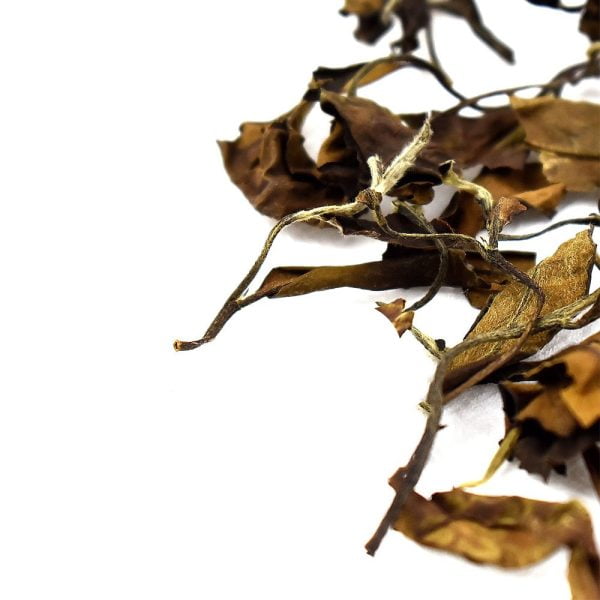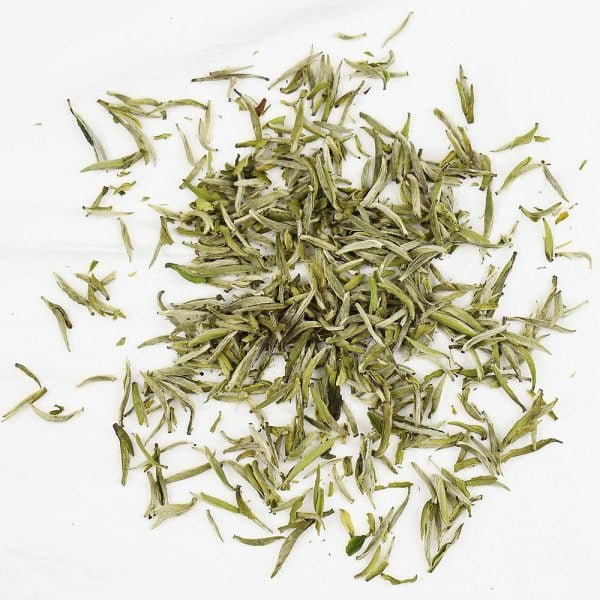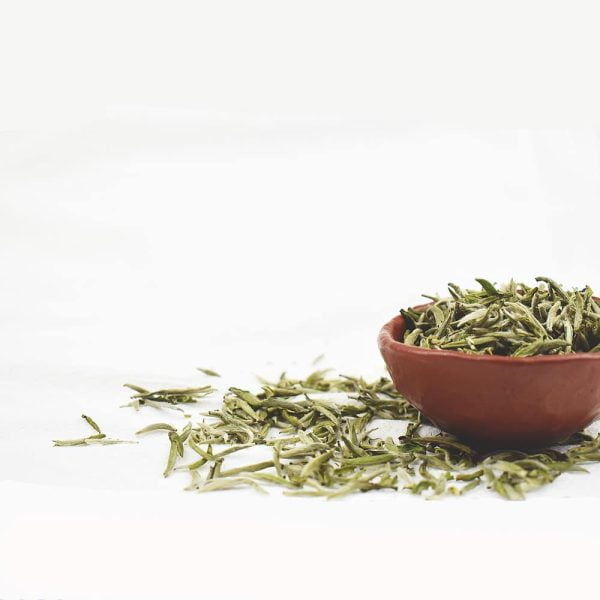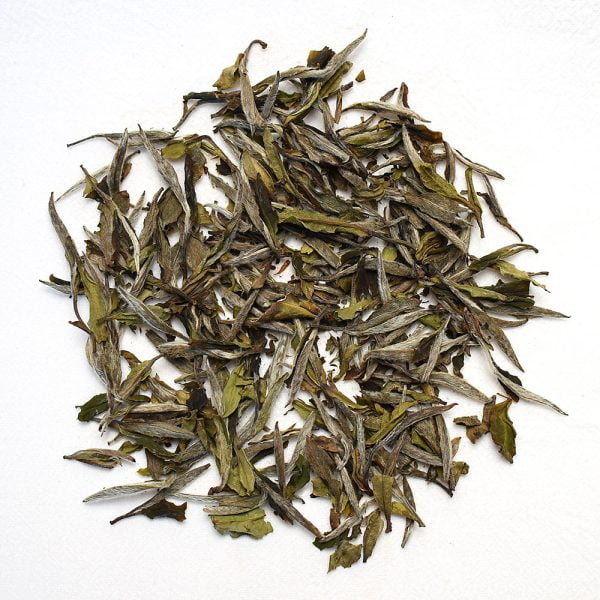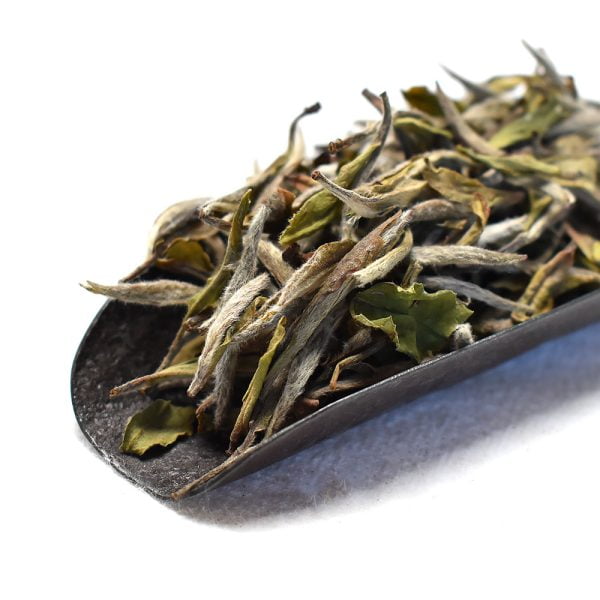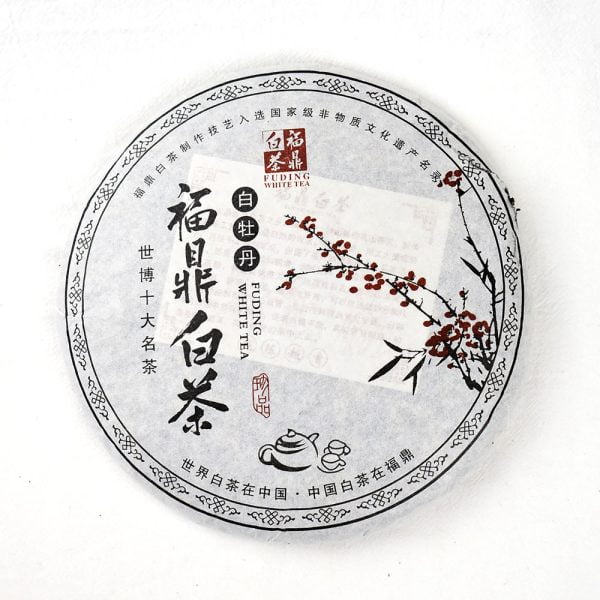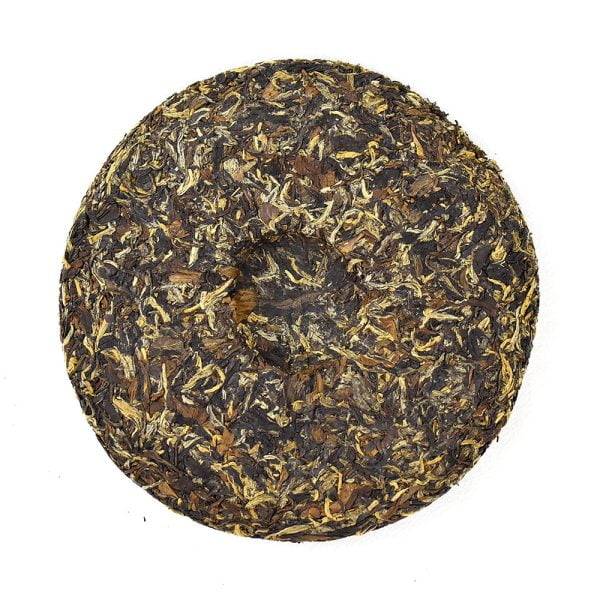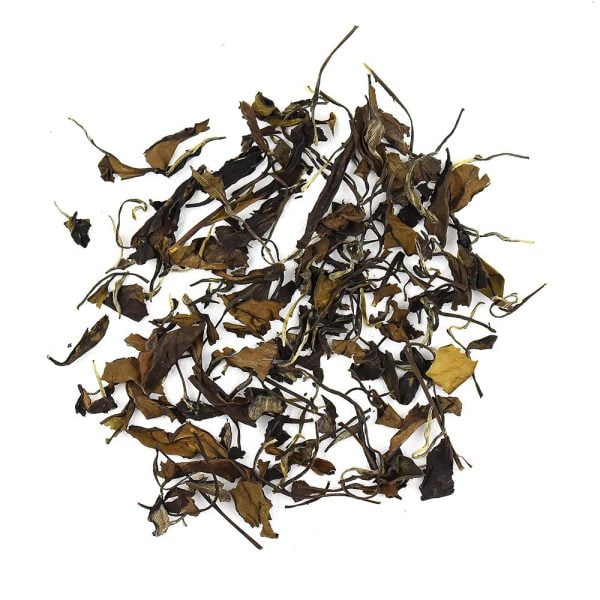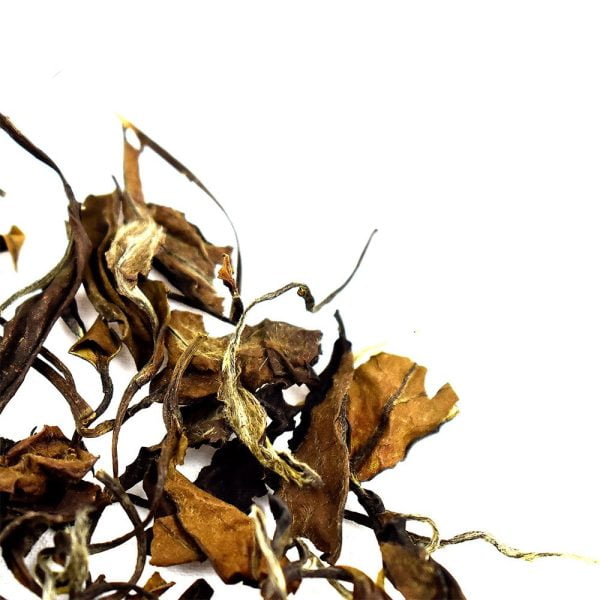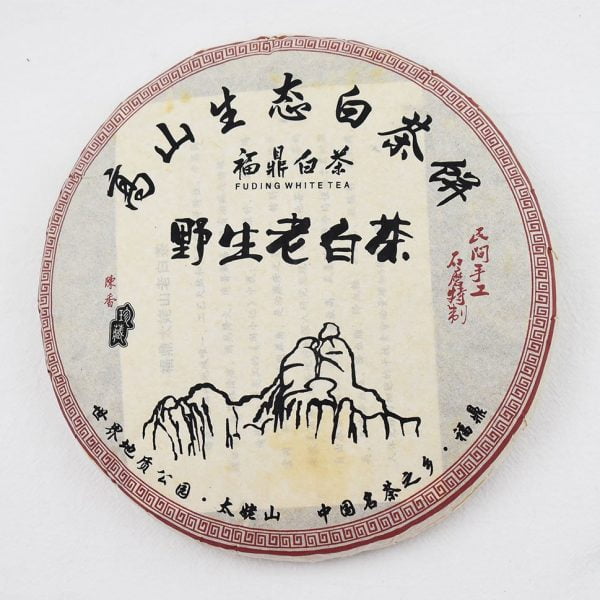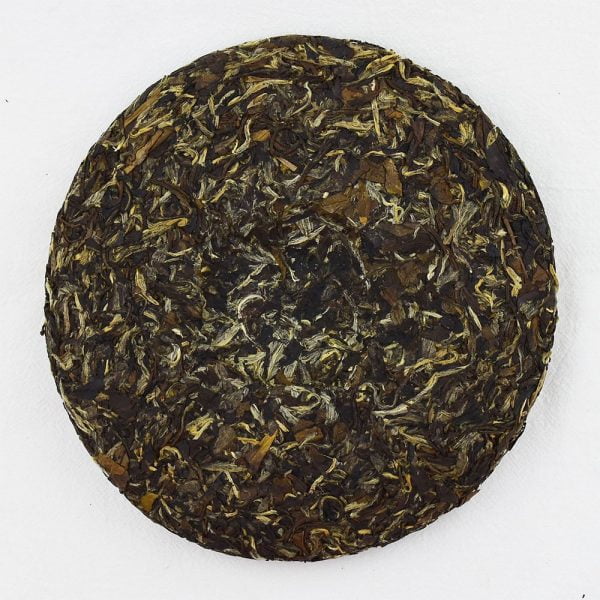White tea is one of China’s special treasures. It is made from the youngest and most delicate handpicked leaves and buds. Most of the white teas taste very fresh and light in the beginning and have some sweetness after a few seconds. It is called white tea because the leaves are covered with a thick, silver-white or grey-green fuzz.
Making White Tea
White tea is made using minimal processing. The fresh leaves are spread on a bamboo mat under weak sunlight or in a well-lit room with good ventilation, and allowed to wither naturally. When they are 70-80% dry, slowly dried by the gentle fire.
The most famous and valuable types of white tea are White Peony and Silver Needle. Silver Needle is named for its silver-white color and needle-like shape. It uses a single bud and processed by white tea technology.
Steeping, Brewing and Serving
Using a Gaiwan
- Warm the Gaiwan with hot water; discard the water afterwards
- Add tea leaves (5g for a 120ml Gaiwan)
- Fill the Gaiwan with hot water (90°C). The water should not be poured directly onto the tea leaves,but should run down the inside faces of the vessel;this protects the silvery-white fuzz and avoidsotherwise damaging the appearance of the tea leaves
- Make sure the water reaches every leaf
- Discard the hot water immediately
- Refill the Gaiwan with hot water
- Infuse tea for around 1-2 minutes (infusion time will differ greatly for different teas, and depending on how many times the tea has already been infused)
- Pour the tea into the “fair” cup, filtering with a tea strainer
- Divide equally into small cups and serve.
Using a glass vessel
- Warm the teaware with hot water. Discard the water afterwards
- Add 2-3g white tea leaves
- Fill the teaware up to one-third with hot water (90°C) The water should not be poured directly onto the tea leaves, but should run down the inside faces of the vessel; this protects the silvery-white fuzz and avoids otherwise damaging the appearance of the tea leaves
- Tilt the glass cup, slowly rotating it two times (this is to ensure a better infusion). Make sure the water reaches every leaf
- Refill the vessel with hot water
- Infuse tea for around 1-2 minutes (infusion time will differ greatly for different teas, and depending on how many times the tea has already been infused)
- Serve.
Storage of White Tea
There are five key things to keep in mind when storing white tea:
- Avoid exposure to direct sunlight. If white tea is directly exposed to sunlight, the substances contained in the leaves will start to decompose, reducing the nutritional value and affecting the taste of the tea.
- Keep dry and tightly sealed. In order to prevent the tea turning bad or going mouldy, humidity should be avoided. Therefore, use containers with good breathability, such as sand pots. Ceramic pots, which can absorb water vapour in the air, should be avoided. In order to avoid the effects of wet weather, it is recommended not to stack containers up against walls or directly on the ground.
- Store at room temperature. White teadoes not need to be refrigerated –the temperature can range from 0 to 30°C. However, significant changes in temperature should be avoided.
- Avoid storing it among things with mussy odours. Tea can absorb different sorts of odour extremely easily; therefore, it should not be stored alongside anything strong-smelling.
- Store different types of teas separately. Such as white tea should be stored separately with Pu ‘er.





